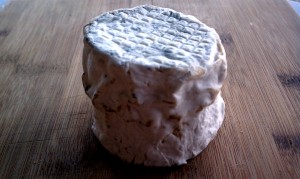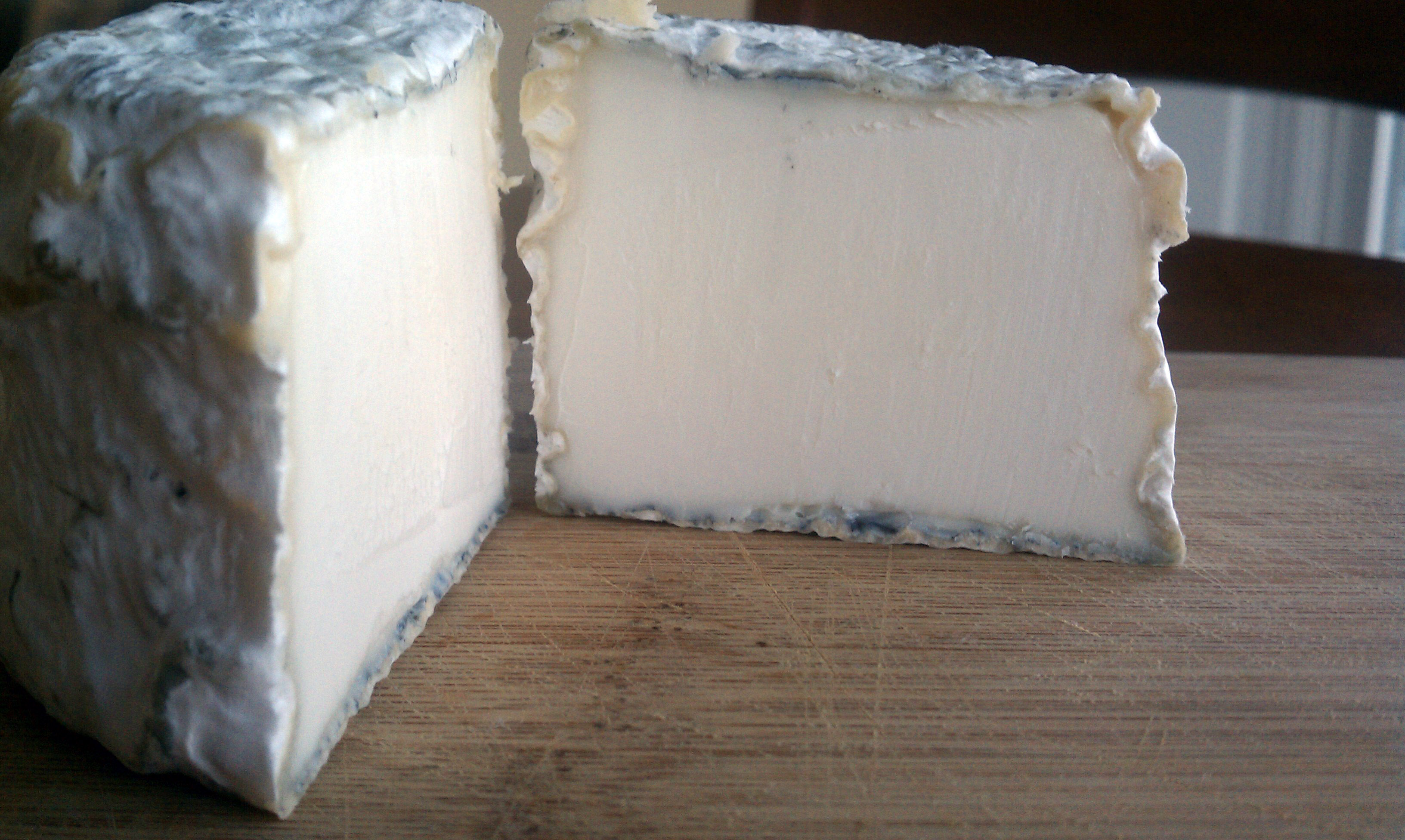There has been a lot in the local press about Goodale Farms as of late. A year ago, in May 2011, the farm received a license to start making and selling cheese. Just five months later, they had already won first place in their categories at the American Dairy Goat Association’s 2011 national convention.
Winning awards just after a few months in production is quite impressive for cheesemakers new to the business.
Goodale Farms in Aquebogue places a strong emphasis on milk quality and the natural farming practices required to support it. They don’t use pesticides and the fertilizer is primarily made of compost mixed with manure from their own animals. Practices such as this are incredibly demanding, but the results outweigh the effort for most who are dedicated to sustainable farming.
In addition to award-winning cheese, the farm also sells a variety of products from their land such as fruit, vegetables, and other dairy products.

I finally had an opportunity to try a cheese from Goodale on my last trip out east to wine country. Before heading out to a winery or two for an afternoon, we usually stop in at the Village Cheese Shop to grab lunch. The Valencay-style goat cheese was the only one left in the case, so I grabbed it with a couple of others before heading out.
Valencay is one of the most heralded raw-milk, mold-ripened goat chèvres that comes from the Loire Valley in France. The cheese is traditionally in the shape of a pyramid, with a light coating of vegetable ash on the exterior. The texture is typically very smooth and very dense, with a bright floral, almost lemony finish.
When I cut into the Goodale, I was immediately impressed with the texture and aroma. It took some amount of force to cut run my knife through the paste, as the interior was thick and fudgy. There is a very clean on the nose just as there should be. This style is not generally fragrant. If anything, there might be a slight clean smell with a hint of grass, but nothing more.
With all of these positive characteristics, I expected a lot from this cheese before I took my first bite. Unfortunately, the book did not live up to the cover. The lack of salt gave the cheese an almost sour finish. The quality of the milk is evident. The care that the cheesemaker has taken to form and age the cheese is clearly apparent. But in the end, lack of salt makes for bland cheese.
Salt balance is always a slippery slope. It requires a deft touch to adjust throughout the make in order to achieve the flavor profile you are looking for. The cheesemakers at Goodale have a good product, but here is room for some improvement. Cheesemakers continually must make adjustments to their batches depending on the milk, pH and seasonality.
Now that the farm is a year old, I look forward to trying their cheeses later this summer. Having a year under your belt can go a long way in the cheese making world.
There is plenty of room on Long Island for another cheese maker. The community supports them and is vested in their success. As they gain more experience with their craft, and work through another season on the farm, I see their cheese improving as a result.

